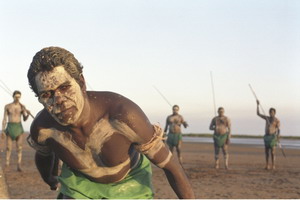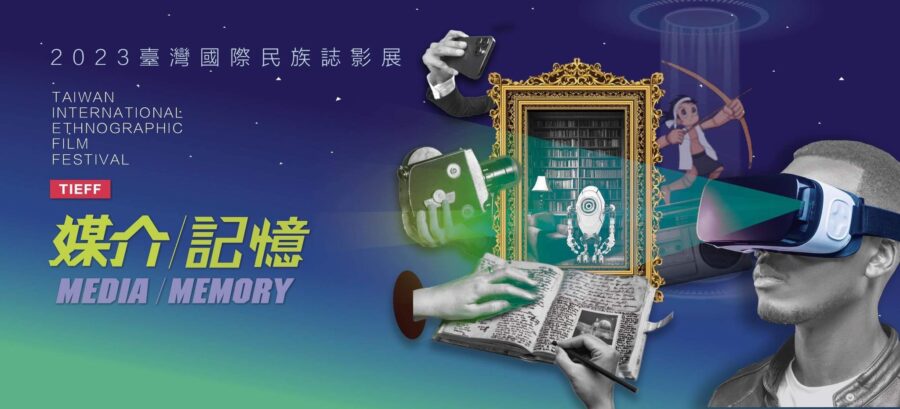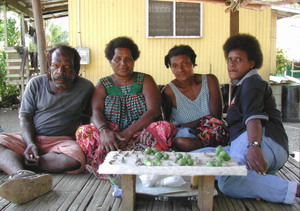Dhakiyarr vs the King

The family of the great Yolngu leader Dhakiyarr Wirrpanda is searching for answers. Seventy years after his controversial murder trial and subsequent disappearance, Dhakiyarr’s body has still not been found. His descendants know that justice was not served. They want to restore what was denied to him: his honour. This is their story, told in their own words—of two laws, two cultures and two families coming to terms with the past.



